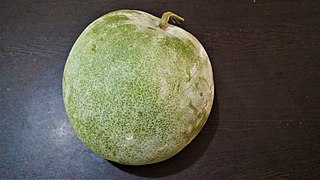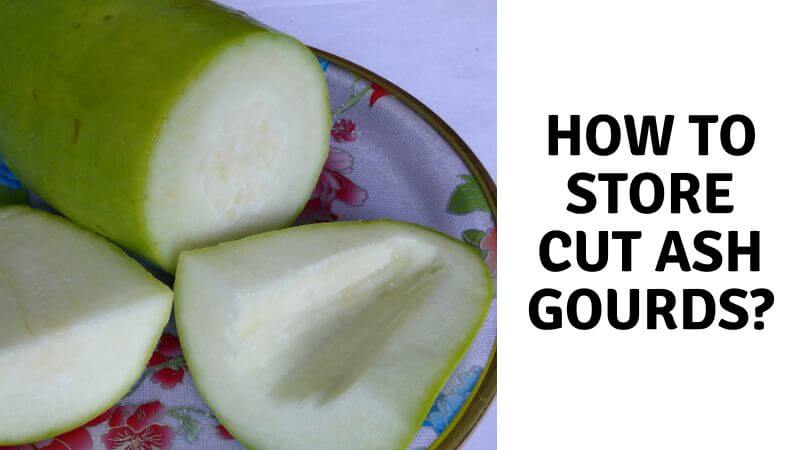Image Credit: Dorami Chan (CC License)
Ash gourds are one of those vegetables I had avoided eating for the longest time during my childhood, along with their slender cousins, the bottle gourds.
For a seven-year-old, there was just something so unappetizing about the gourd family that I obliviously decided these veggies belonged in the ‘forbidden’ section of my book of taste.
It was only when I was in college that I realized the potential of these veggies, especially ash gourd, to create simple yet scrumptious delicacies that melt in your mouth. I’ve been a fan since.
If you’re someone like me – no, I’m not talking about having preconceived prejudice about certain vegetables – who is short on time and sort of has a thing for preparing produce in advance, this is the right blog for you.
In today’s article, we will discuss a tried-and-tested method of storing cut ash gourd, so it remains fresh for an extended period. So let’s begin without any further ado!
Table Of Content
How To Store Cut Ash Gourds?
Cut ash gourds should be stored in an airtight container in the crisper section of the fridge. Make sure the cut pieces aren’t overly wet, as moisture can speed up the rotting process. Cut ash gourd can last you for at least a week when stored correctly.
If you’re talking about one big piece of cut ash gourd, simply wrap it in a kitchen towel before placing it in the crisper drawer.
As far as fresh, uncured ash gourds are concerned, they can last for a good couple of weeks before going bad. Even more, dried and preserved gourds will remain good for many years.

Here’s a look at a few things to remember when storing cut ash gourds.
Mind The Moisture
Spoilage bacteria grow prolifically in a moist environment. I’m talking about thousands of small colonies with millions of bacteria. They cause fresh fruits and veggies to rapidly decay and become inedible.
So, don’t forget to wipe away any sign of visual dampness using a paper towel before storing the gourds.
Setting The Right Temperature
Temperature is yet another crucial factor affecting bacterial growth. Studies have shown that bacteria multiply the greatest between 41 to 135 degrees Fahrenheit, also called the “danger zone”.
Luckily, the optimum temperature range in a crisper drawer is 32-40 degrees Fahrenheit. Make sure your crisper drawer is tuned at the right temperature range to prevent rapid bacterial growth.
Offsetting Oxidation
As much as we need and love oxygen, it is one of the most rampant and notorious reasons behind rotting and limping veggies. Don’t get me wrong.
Oxidation increases the chance of the fresh produce becoming rancid. As a result, fruits and vegetables will lose flavor, texture, and color.
And as if that wasn’t enough damage, the nutrient content of food is compromised as vitamin oxidizes when exposed to air.
Are you interested to know the science behind this?
Well, fresh produce has enzymes – a special kind of protein trapped within the tissue. When the vegetable is squashed, sliced, or cut, oxygen transmits through the cell walls and membranes – leading to oxidation.
As a result, phenolase, a certain kind of enzyme present in fruits and veggies, turns phenols into melanin – consequently making the produce darker.
Reading The Signs
Perishable food like ash gourd, or any other vegetable for that matter, experience both physical and chemical changes during spoilage. The edibles’ texture, appearance, smell, and taste change as bacteria grow rapidly,
The food in question will look wilted and give off a rotten smell. Sometimes, in some severe cases, mold can be present.
Keep Learning!
How To Store Cut And Peeled Potatoes? A Myth-Buster?
